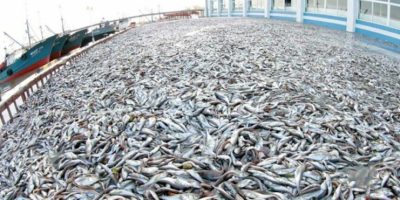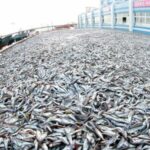SINGAPORE’S insolvency process will become simpler and more cost-effective under a new law passed on Tuesday (Jan 7) that revamps the existing Simplified Insolvency Programme (SIP), said Second Minister for Law Edwin Tong in Parliament.
Unlike the SIP, which was for micro and small companies (MSCs), the new programme will apply to any companies whose total liabilities do not exceed S$2 million.
Dubbed “SIP 2.0”, the programme will become a permanent feature of Singapore’s corporate debt restructuring and insolvency regime, said Tong in the debate on the Insolvency, Restructuring and Dissolution (Amendment) Bill.
The original SIP was introduced in 2021 during the Covid-19 pandemic as a temporary measure. It has been extended thrice and will end on Jan 28, 2026.
The SIP was found to be “by and large, useful in assisting MSCs in severe financial distress”, said Tong.
The scheme has received 116 applications as at Dec 31, 2024, of which 77 were accepted. Of these, about 60 companies in severe financial distress were successfully assisted, said Tong.
BT in your inbox

Start and end each day with the latest news stories and analyses delivered straight to your inbox.
“For simplified winding up, the completion of cases was done within an average of nine months, and some as quickly as a few months. This compares very favourably to a typical process, which will take anywhere between three and four years,” he said.
Key changes
Compared to the original SIP, the new regime is available to more companies. There is only one general eligibility criterion: total liabilities of no more than S$2 million.
This is down from the SIP’s current five criteria and “will make it much easier for companies that are not MSCs to benefit from the SIP”, said Tong.
As previously announced, SIP 2.0 simplifies two processes: debt restructuring and winding up.
For restructuring, companies will only need to submit key documents, instead of a prescriptive list of documents. For winding up, companies with incomplete records will be able to submit a directors’ declaration that the eligibility criterion is met.
“This new feature simplifies the application process, and encourages non-viable companies to be wound up instead of remaining dormant,” said Tong.
The administration of both processes will also be simpler.
For the restructuring programme, only one class of creditors – consisting of all unsecured creditors, ordinary and preferential creditors – will vote on the debt repayment plan, instead of up to three classes currently.
In addition, the proposal will be approved out of court at a meeting summoned by the restructuring adviser. This is simplified from the current SIP, where the proposal requires court sanction.
There will be judicial safeguards for creditors with legitimate concerns, said Tong. A creditor who is bound by the proposal can object to it by applying to the court.
For winding up, companies will only need to publish notifications on the official receiver’s website and the Bizfile portal. They will no longer have to do so in the government e-Gazette and a local newspaper.
If the insolvency practitioner does not receive creditor funding for investigations to recover assets, then the practitioner will not need to take further investigative action. This ensures companies do not have to “unnecessarily protract the liquidation process”, said Tong.
Another feature of SIP 2.0 is better creditor protection.
The initial moratorium period – during which creditors cannot enforce their rights – will be cut to 30 days from 90 previously. This is extendable once, for another period of up to 30 days.
“This balances the interests of the various stakeholders by providing reasonable breathing room to the company to propose the debt restructuring plan, whilst at the same time protecting the interests of the creditors,” said Tong.
A company which fails to successfully complete the restructuring will be barred from reapplying for SIP 2.0 within five years.
Concerns raised
Several Members of Parliament (MPs) raised concerns about the changes. Chua Chu Kang MP Don Wee asked if an expedited winding-up process could disadvantage creditors and employees.
“For small creditors, this could mean reduced chances of recovering debt owed to them and employees may also be left in limbo if unpaid salaries and benefits are deprioritised,” he said in Mandarin.
Wee also worried about “the potential for abuse” in allowing companies with incomplete records to submit a directors’ declaration.
Separately, Sengkang GRC MP Jamus Lim asked if the reduction of the initial moratorium to 30 days “sufficiently balances creditor protection with debtor difficulties”.
He also questioned why companies should not have to publish notices in the e-Gazette, saying it should be the “most complete official journal of the country’s public and legal notices”.
In response, Tong said the new scheme is “not compromising on rights that creditors will have, and should have, in any insolvency”.
There are no changes to the priority in which debts are repaid, with unsecured creditors ranking lower, he said.
Instead, what changes under SIP 2.0 is “the remaining pie for distribution, which we would expect to be larger, because the costs and expenses of the liquidation should reduce”.
Rather than employees or creditors being disadvantaged, the distribution they receive “would be expected to be higher”, he said.
As for the risks of abuse, Tong noted that there are safeguards, such as the nominated liquidator having the “ultimate responsibility” for assessing whether the company satisfies the eligibility requirements.
“In particular, if there is complexity, or if there’s a suggestion that there is wrongdoing or fraud, then the company may be transited into a non-simplified process,” he said.
















